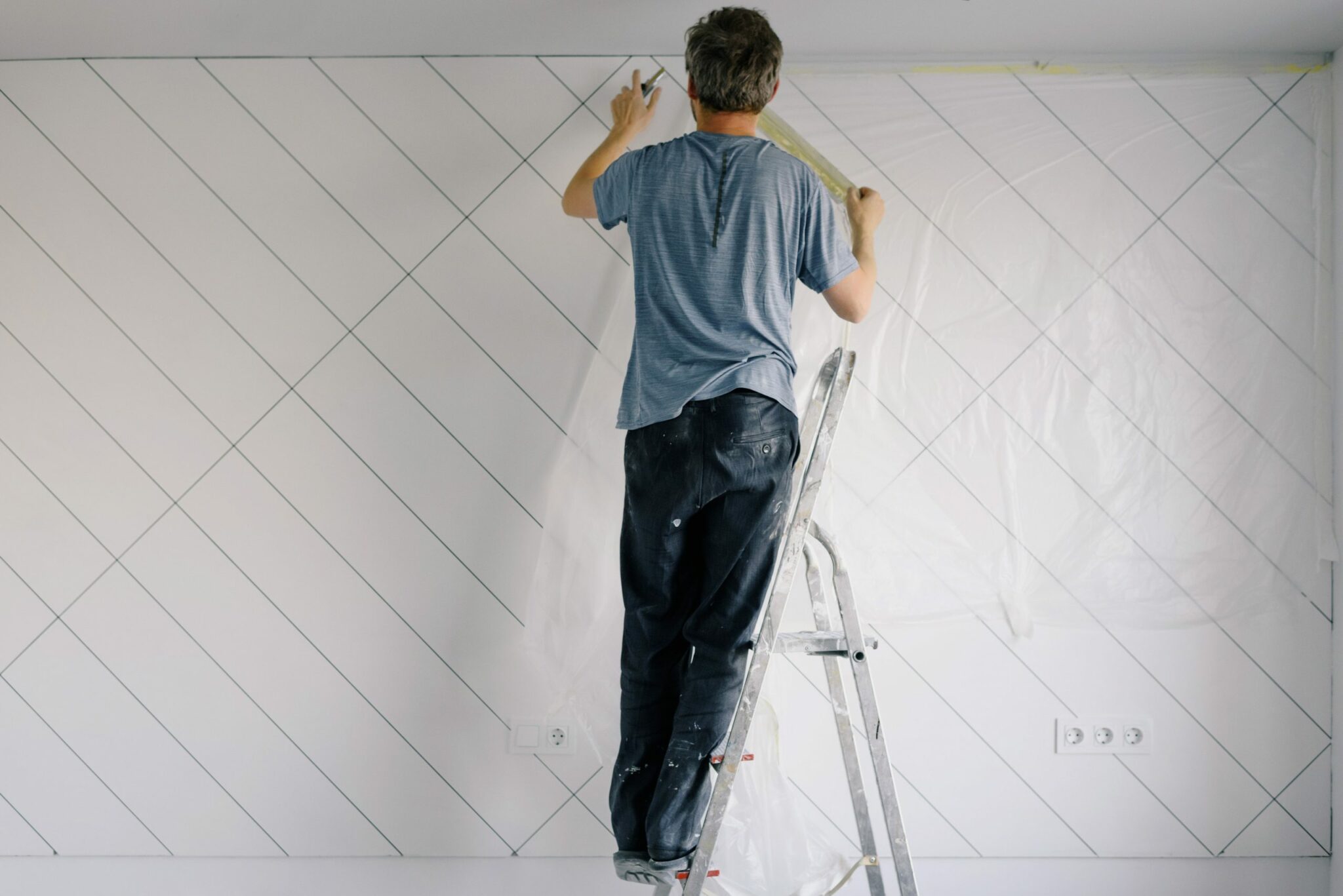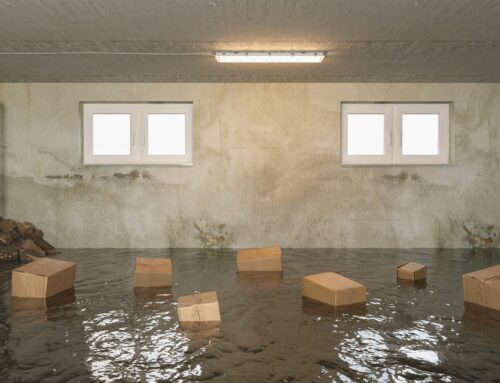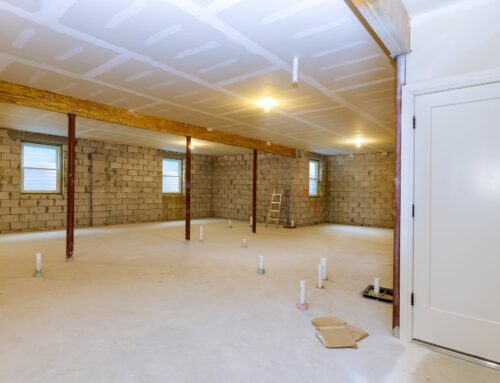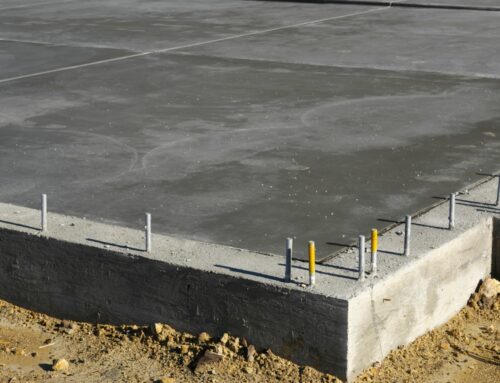There is an extensive list of home renovation options for homeowners who want to revamp their house’s look. Installing new fixtures, repainting the house’s concrete and plaster walls to change up the color scheme are all great ways to give a house an entirely new look. However, if you’re looking for a way to freshen up the aesthetics of your space, you may want to consider a complete plastering service.
Now, if this is something you’re thinking of doing there are a few things you have to take into consideration. Mainly, you’ll want to know the difference between skimming and plastering before having a plastering service do any work on your home.
This is why we’ve prepared a brief discussion on plastering and skimming and the many misconceptions attached to these two procedures.
Plastering
Plastering isn’t just one procedure; it refers to the entire trade. It uses different techniques depending on the job and the situation. For the most part, the type of plastering is determined by material and the coats of plaster. While there are different materials that experts can use, these are three main kinds: cement, lime, and gypsum.
- Cement plaster: As the name suggests, cement is the main component of the plaster mix. It is commonly used for walls, where masonry work has also been done. When mixed and applied correctly, it will give a wall a sturdier finish.
- Lime plaster: This is one of the more traditional methods that are made from lime and water. What’s great about this type is that it allows moisture to escape. Since moisture can cause damage to a houses’ structural integrity, using this type can help protect a structure and ensure its longevity.
- Gypsum plaster: This type is made up of sulfate and water. The main difference it has from the two previous types is that this offers the most resistance from shrinkage and cracks.
Skimming
As we’ve mentioned above, plastering refers to the entire trade. On the other hand, skimming is a method of plastering wherein a wall is plastered with a layer of coating. For the most part, it’s used to smoothen out the surface of a concrete and plaster wall.
While it may seem simple, skimming takes lots of skill and must only be done by professionals. Fortunately, we offer interior and exterior plaster and stucco and are experienced working with concrete and plaster walls. We don’t recommend attempting to do this yourself, as you may end up with a poorly finished wall with an abrasive surface.
Main Difference between Plastering and Skimming
The main difference between plastering and skimming is that skimming is the final step of plastering. While both of these procedures improve the walls of your home, skimming can only be done after a wall has gone through the former stage. With that said, it’s also important to note that skimming can only be done to walls of new buildings while plastering can be done regardless of the newness of a structure.
Conclusion
Hopefully, this has given you a better understanding of these two procedures. Keep this information in mind when planning for your next home renovation project. When you make the right decisions and work with a reliable service, you can rest assured that the project will have desirable outcomes!
If you’re looking for professional help when for your home renovations, we’ve got just what you need. At One Stop Plastering, we specialize in interior and exterior plaster and stucco and are experienced working with concrete and plaster walls in San Francisco, CA. Get in touch with us today to learn more about our services!






